Cypriniformes: Minnows, Carps
One of the most diverse orders, there are over 3200, found mainly in Southeastern Asia, and no species found in Australia or South America. They differ from most other Ostariophysans in lacking an adipose fin near the tail.
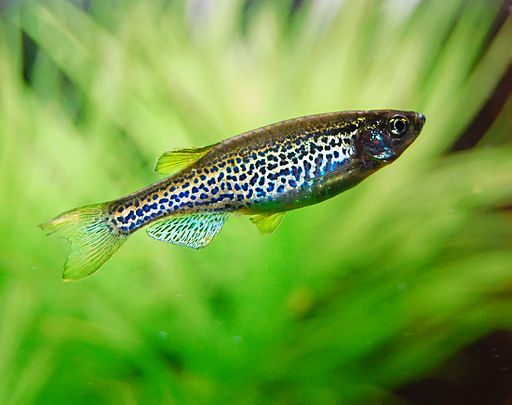
By carolineCCB (Leopard Danio Uploaded by Magnus Manske) [CC BY 2.0], via Wikimedia Commons
Cyprinidae: Minnows, Carps
The minnows and carps are familiar to many as aquarium fish or in ponds. And are the largest vertebrate family with over 3000 living species. They are found in only freshwater. Some familiar species are below.
- Zebrafish (Danio rerio): is familiar to many in the science realm. It is the subject of many genetic, embryologic and other biologic experiments.
- Common carp (Cyprinus carpio): often found in both natural and artificial ponds. Koi is one specific type of common carp.
- Goldfish (Carassius auratus): Who isn't familiar with one of the most common household pets? That's like saying you don't know what a dog or cat is.
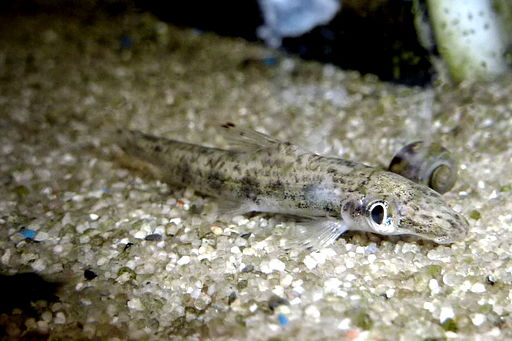
By Haplochromis (Own work) [GFDL (http://www.gnu.org/copyleft/fdl.html) or CC BY-SA 3.0], via Wikimedia Commons
Psilorhynchidae: Mountain Carps
Unlike the cyprinids, this is a much smaller genus with much smaller fishes. They have jaws with sharp horny edges, a ventrally flattened head, and a reduced swim bladder.
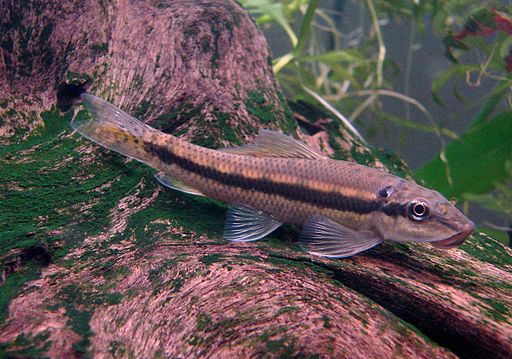
By Garthhh [GFDL (http://www.gnu.org/copyleft/fdl.html) or CC BY-SA 3.0], via Wikimedia Commons
Gyrinocheilidae: Algae Eater
There is one genus, Gyrinocheilus, and as you may have guessed, they eat algae. In fact, the mouth has been modified into a sucking organ to attach to rocks. This makes it difficult to breath, so the gill slits have been modified into two openings, one for inhaling and one for exhaling.
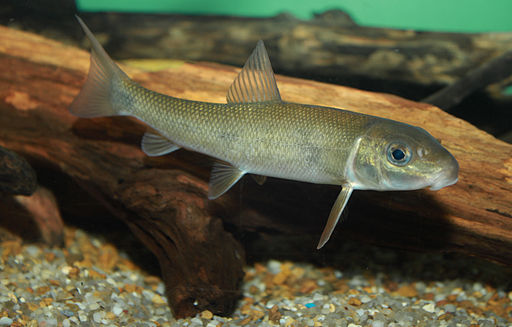
By Brian Gratwicke [CC BY 2.0], via Wikimedia Commons
Catostomidae: Suckers
These fishes have thick fleshy lips to form a suction to hang onto rocks, and can grow up to 1m. Although similar to related fishes with suckers, they have a row of pharyngeal teeth which are lacking in the other types.
By Wibowo Djatmiko (Wie146) (Own work) [CC BY-SA 3.0 or GFDL], via Wikimedia Commons
Cobitidae: Loaches
These fishes have a wormlike or fusiform body and have an erectile spine below the eye.
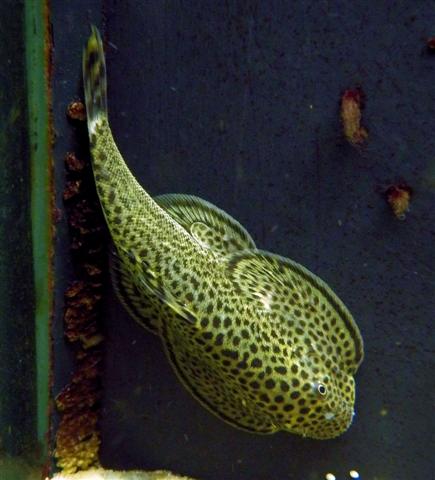
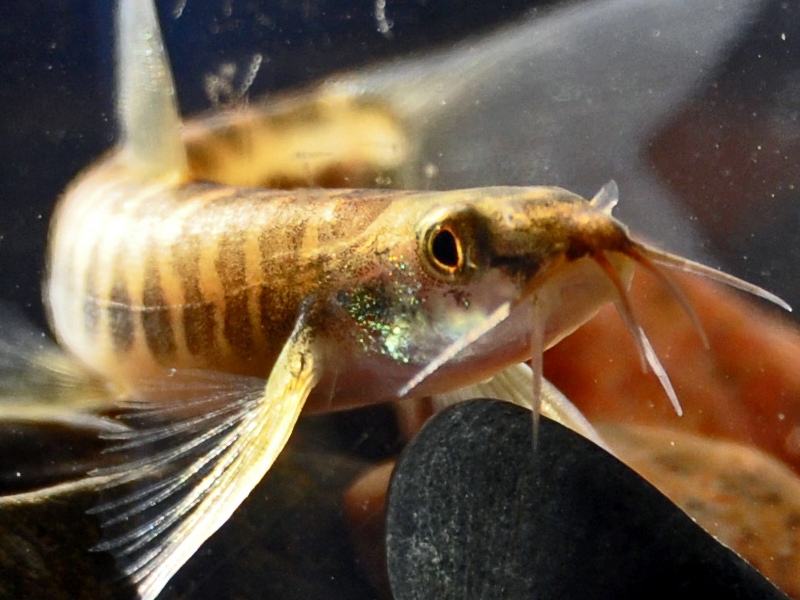
Balitoridae: River Loaches
Nelson defines this group as having three or more pairs of barbels by the mouth, and that's it.